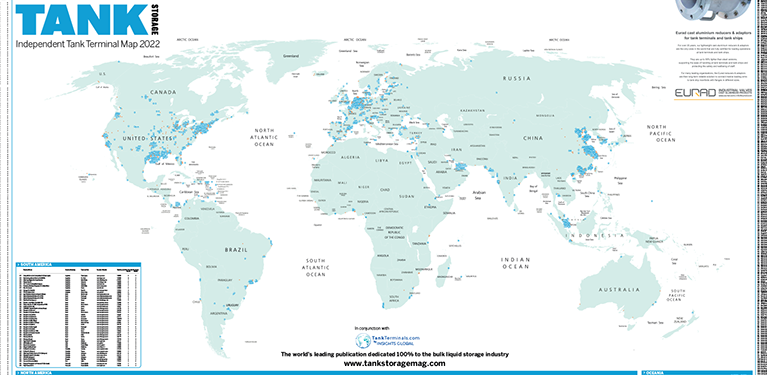Brasil Biofuels, a clean energy provider, is building a new biorefinery for sustainable aviation fuels (SAFs). The refinery will produce hydrogen and low carbon fuels. Global leader in catalysis and process technology, Topsoe, has been selected to aid production with their new technologies.
Topsoe’s hydro-processing technology will allow the biorefinery to produce low-carbon fuels while also recycling gases and liquids from the hydrogen production.
Milton Steagall, CEO of Brasil BioFuels, says: ‘We are looking for the best and most innovative technologies so that our biorefinery, a pioneer in the country, will be a reference in sustainability and operational excellence.’
‘We are thrilled to be selected as technology provider by Brasil BioFuels…We are excited to start working with Brasil BioFuels to deliver these clean fuels,’ says Gustavo Cienfuegos, managing director at Topsoe, Latin America.
The new biorefinery will be built in Manaus, Brazil and production is due to begin in 2025. It will have a production capacity of 500 kilo tonnes per year.















